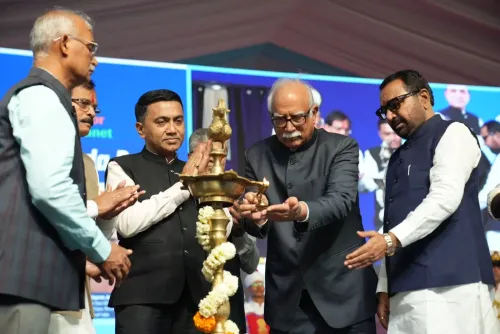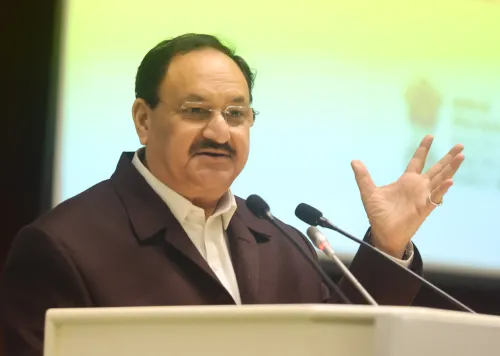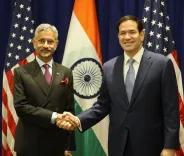How Many Pedestrians and Cyclists Died in Southeast Asia in 2021?

Synopsis
Key Takeaways
- Over 330,000 deaths from road crashes in Southeast Asia in 2021.
- 28 percent of global road traffic fatalities occurred in this region.
- 66 percent of fatalities involve vulnerable road users.
- Road safety is crucial for community health and environmental sustainability.
- Walking and cycling promote physical and mental well-being.
New Delhi, May 12 (NationPress) Over 330,000 individuals lost their lives in road accidents across the Southeast Asia region in 2021, according to a report by the World Health Organization (WHO) released on Monday during the eighth UN Global Road Safety Week.
This biennial event begins on the third Monday of May, with this year's theme being “Make walking and cycling safe”, which calls for enhanced safety measures for pedestrians and cyclists globally.
Saima Wazed, the Regional Director for WHO South-East Asia, highlighted that road traffic injuries have become the leading cause of death for individuals aged 5 to 29, presenting a significant public health issue in the WHO South-East Asia Region.
“In 2021, our region represented over 330,000 fatalities from road accidents, accounting for 28 percent of the global total,” stated Wazed.
Vulnerable road users, which include pedestrians, cyclists, and those operating two- and three-wheeled vehicles, make up to 66 percent of these deaths.
Wazed emphasized that pedestrians and cyclists already contribute to over 25 percent of road traffic fatalities. Making roads safer is not only vital for saving lives but also for improving community health and enhancing environmental sustainability.
“Encouraging walking and cycling is essential for promoting physical activity, which is a modifiable risk factor for noncommunicable diseases like heart disease, stroke, diabetes, and cancer. It also supports mental well-being by alleviating depression and anxiety,” Wazed pointed out.
Worldwide, road accidents result in the deaths of nearly 1.2 million people and leave up to 50 million with non-fatal injuries annually.
Wazed called on civil society, the private sector, and communities to advocate for people-centered mobility policies, improved road designs, safer vehicles, and reduced speed limits.









